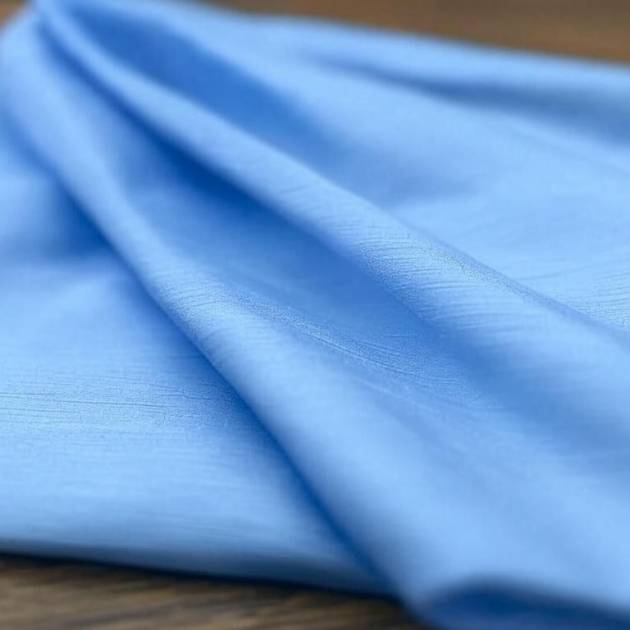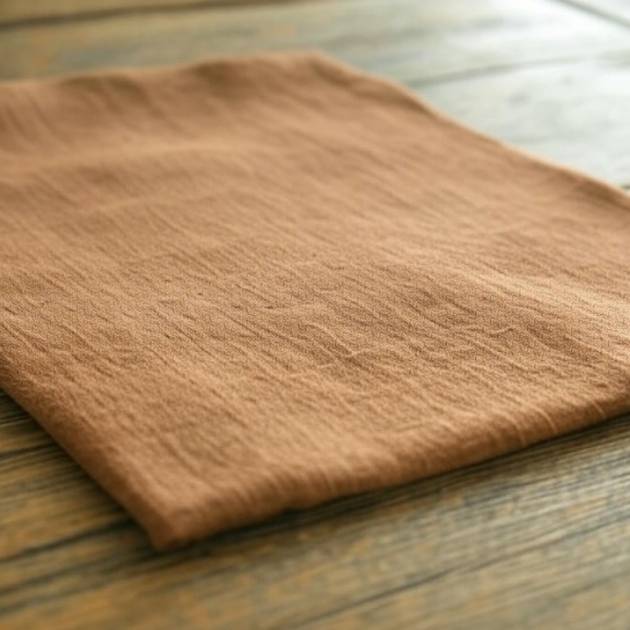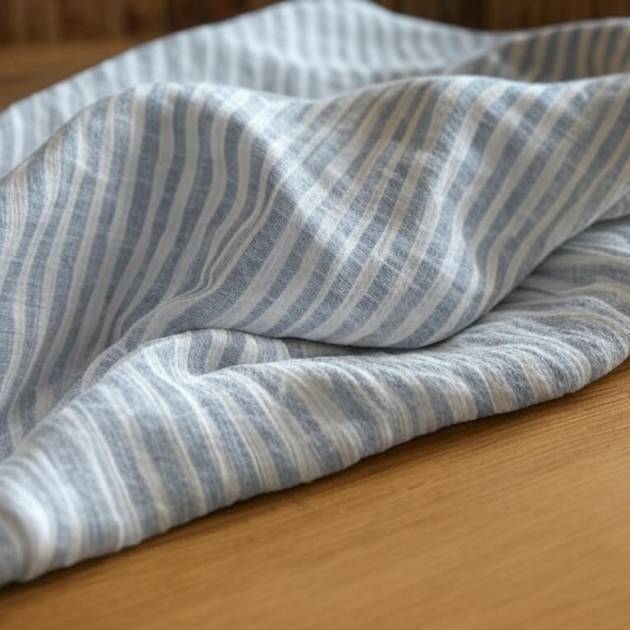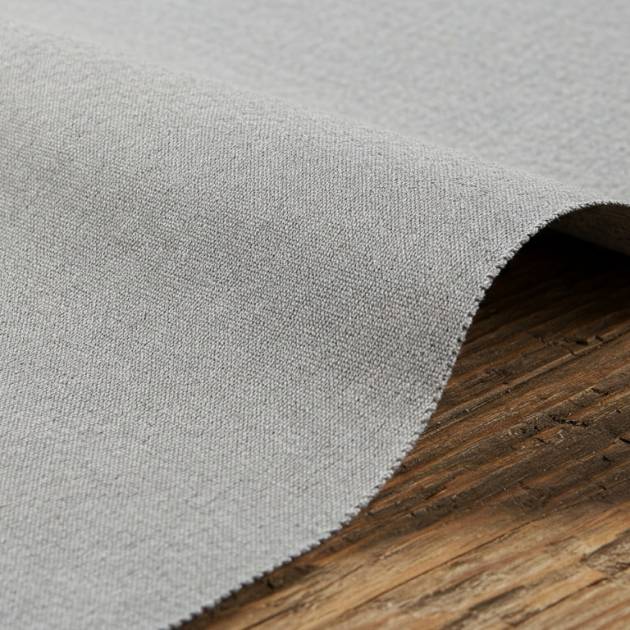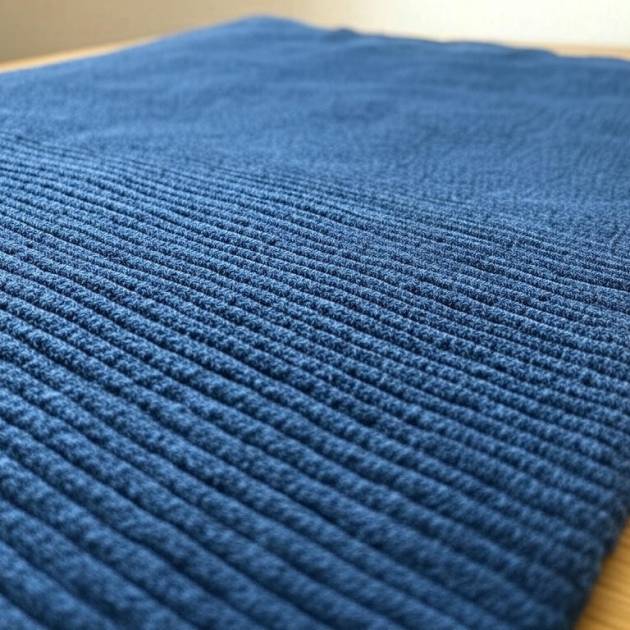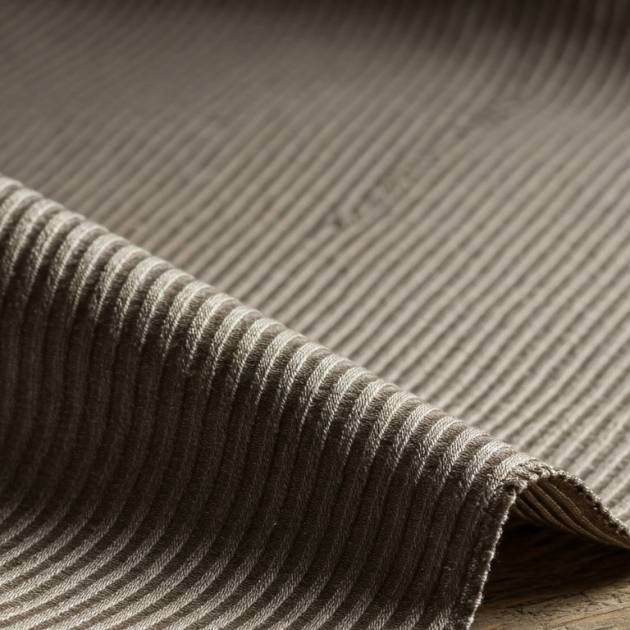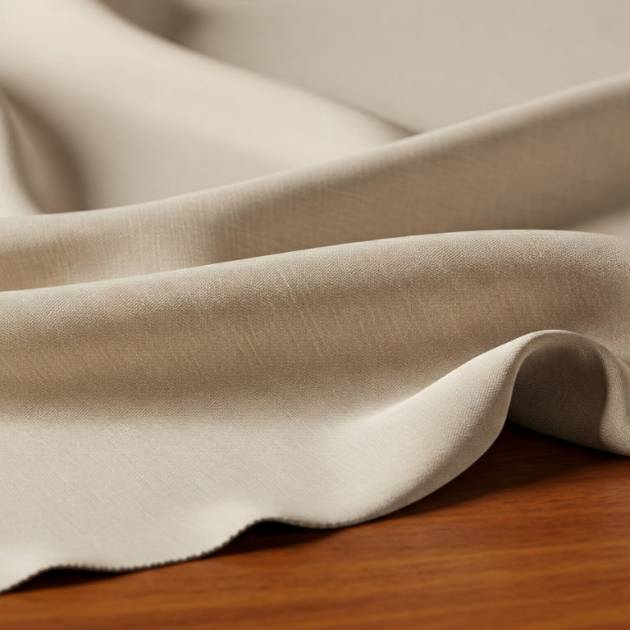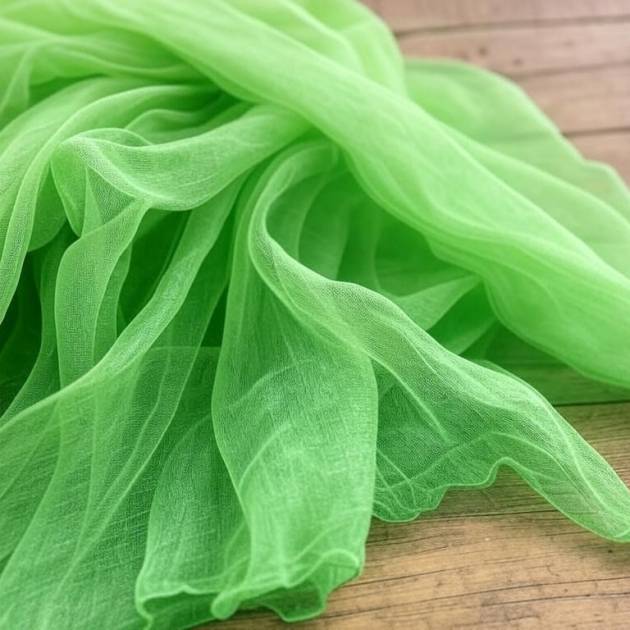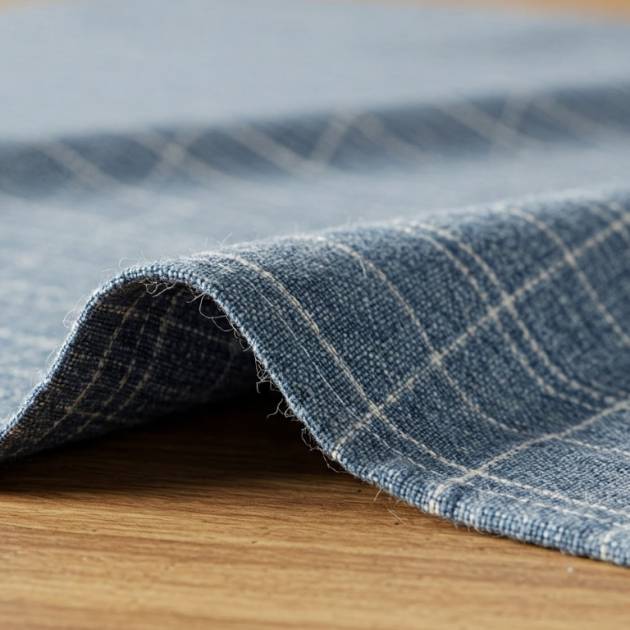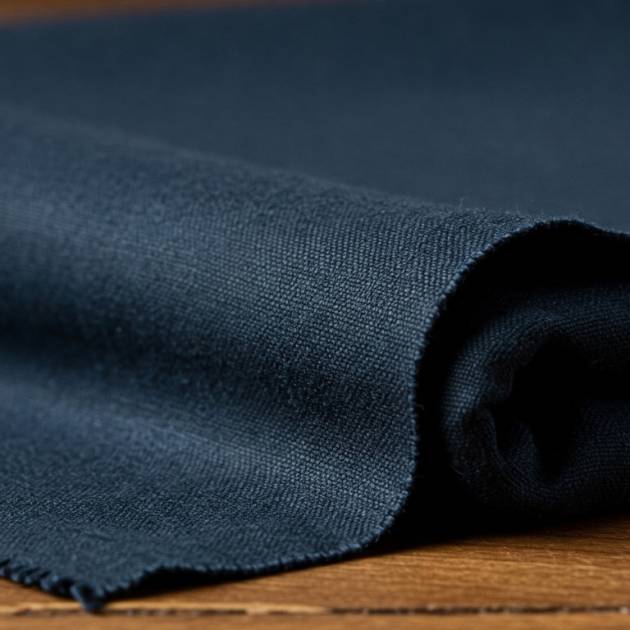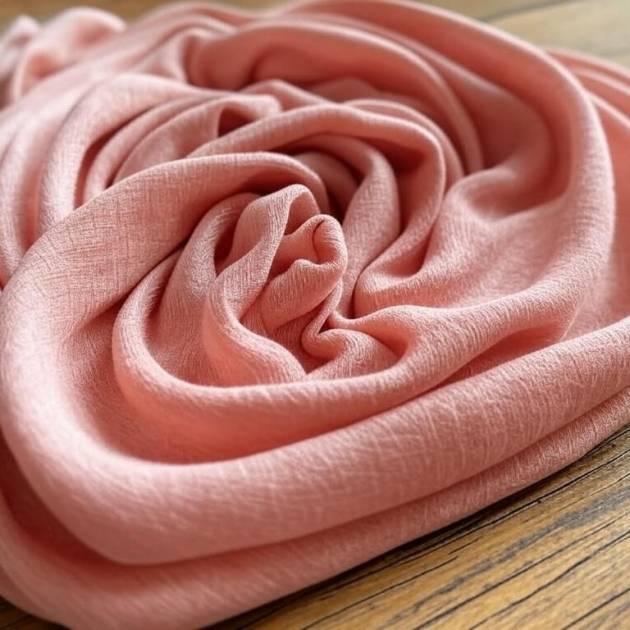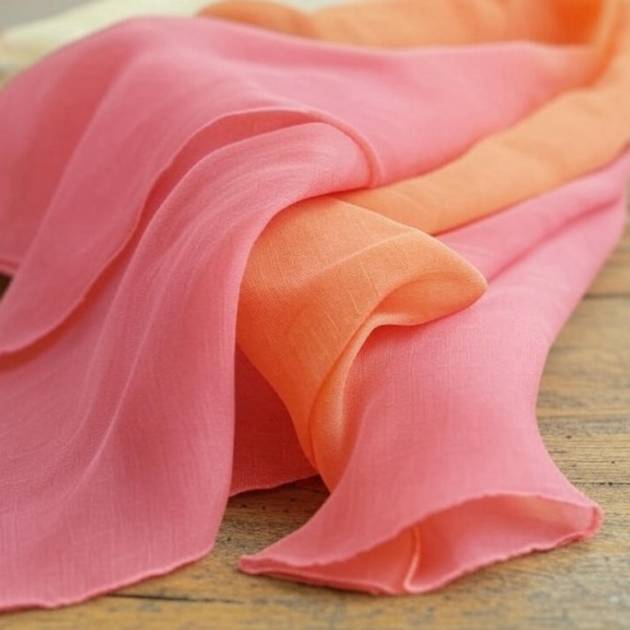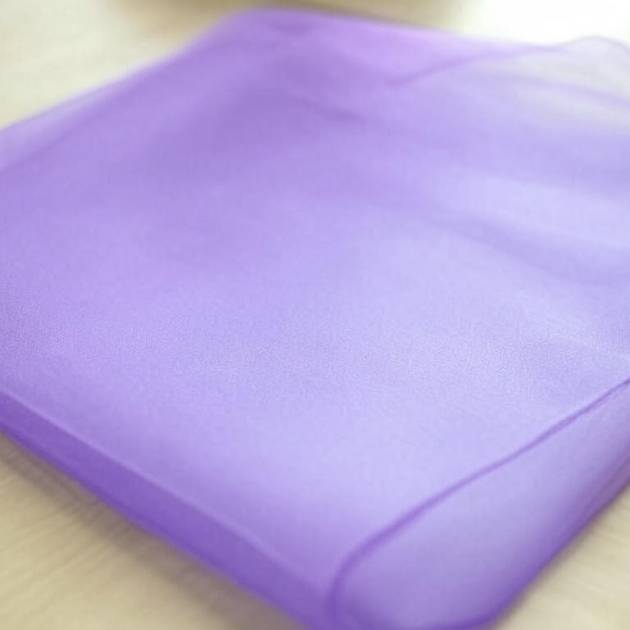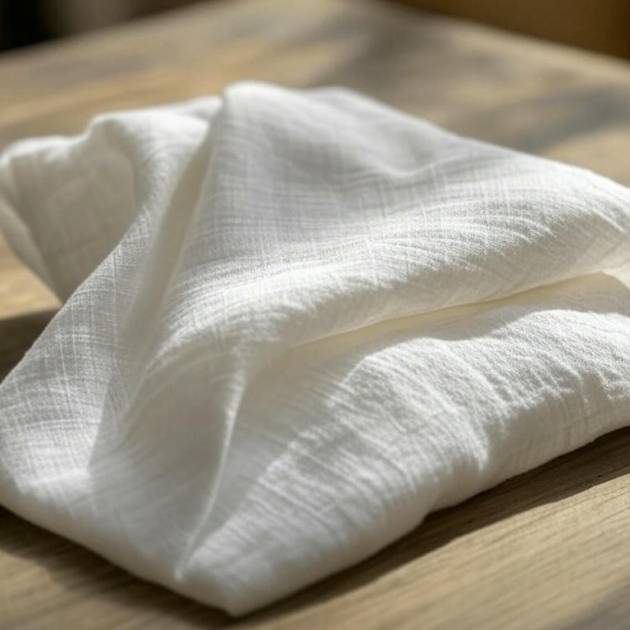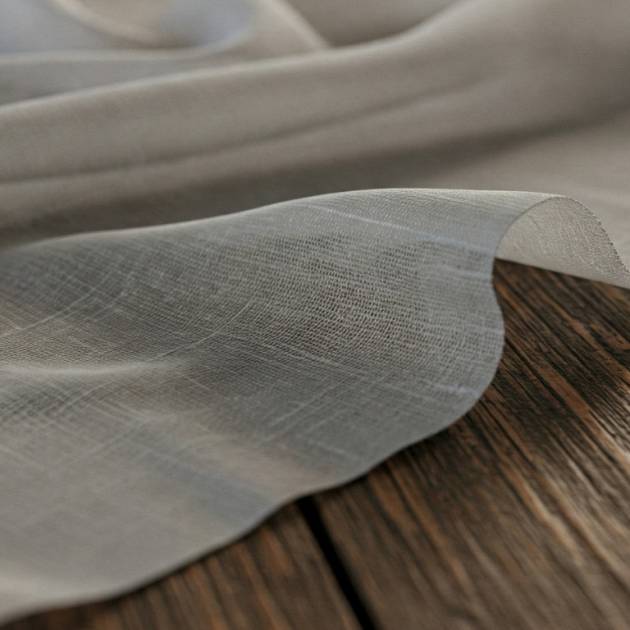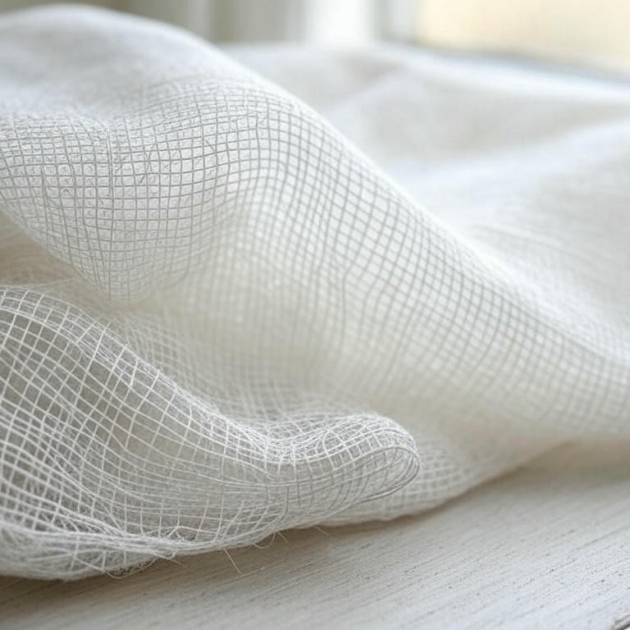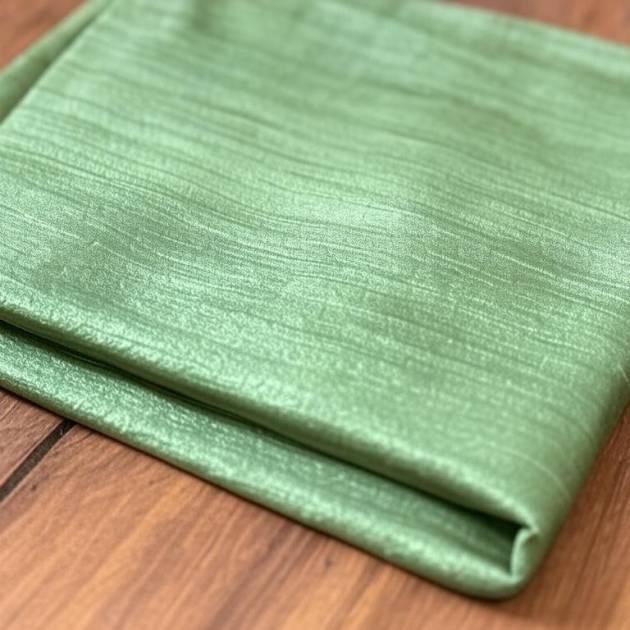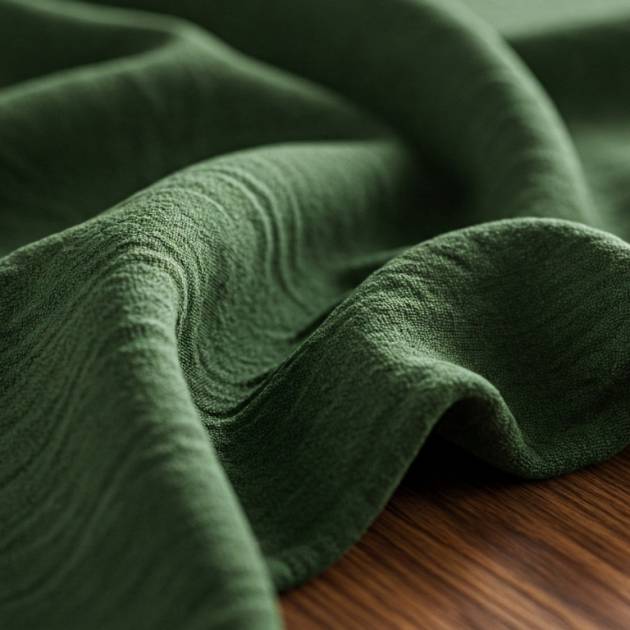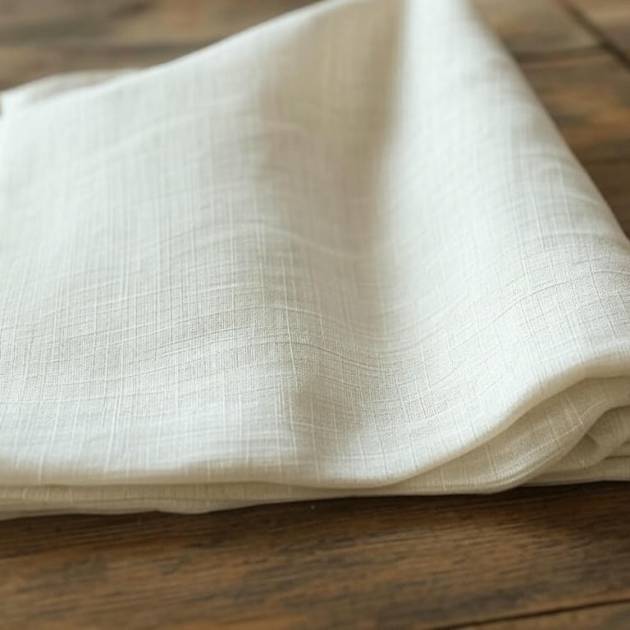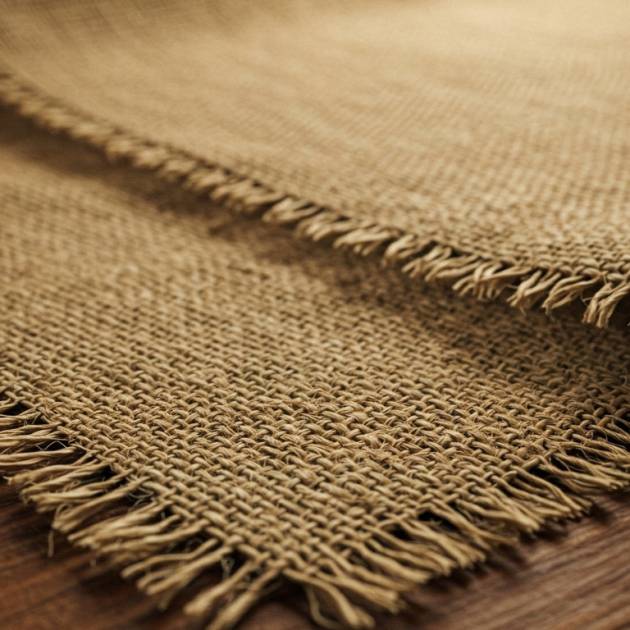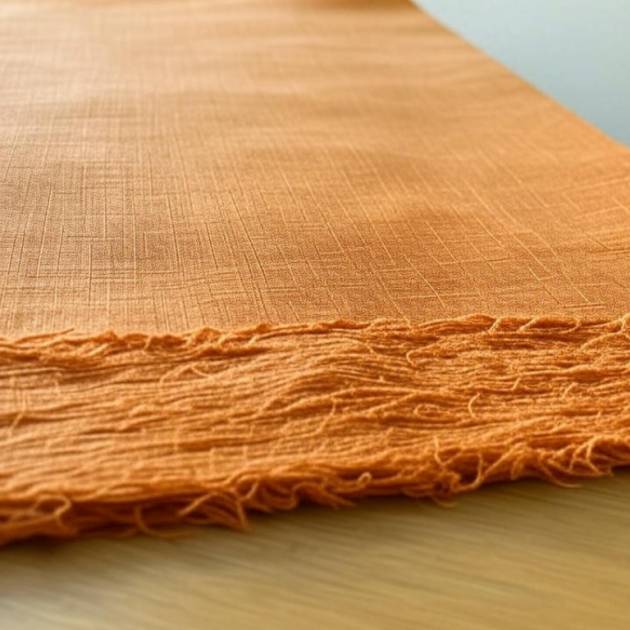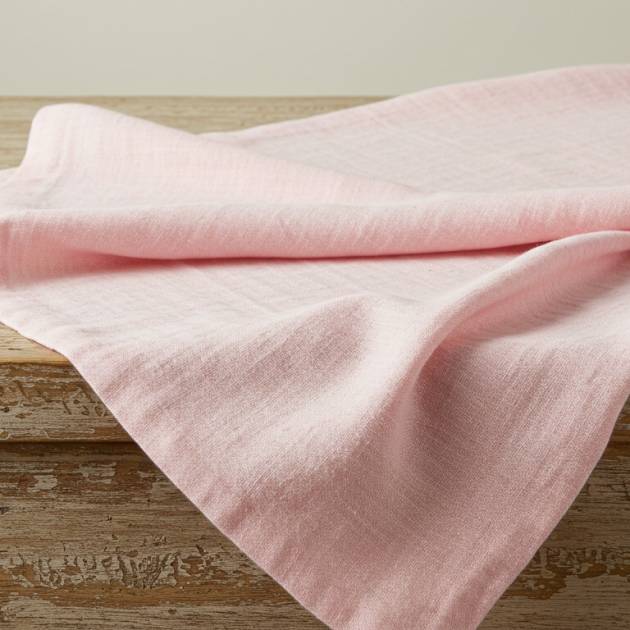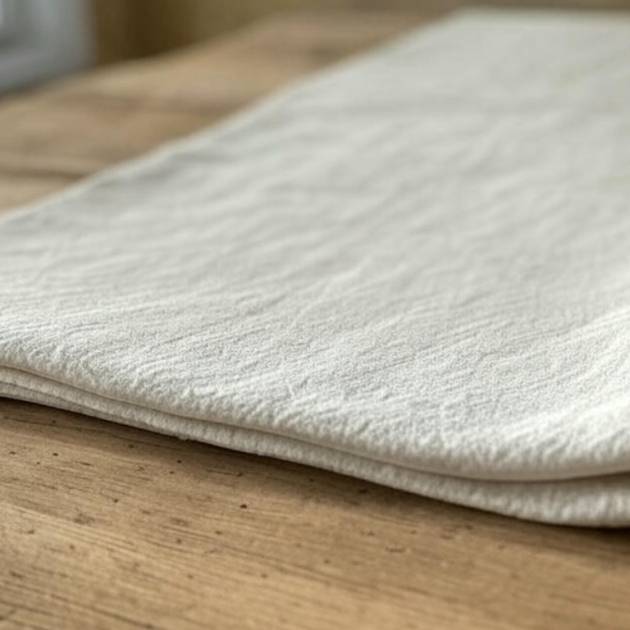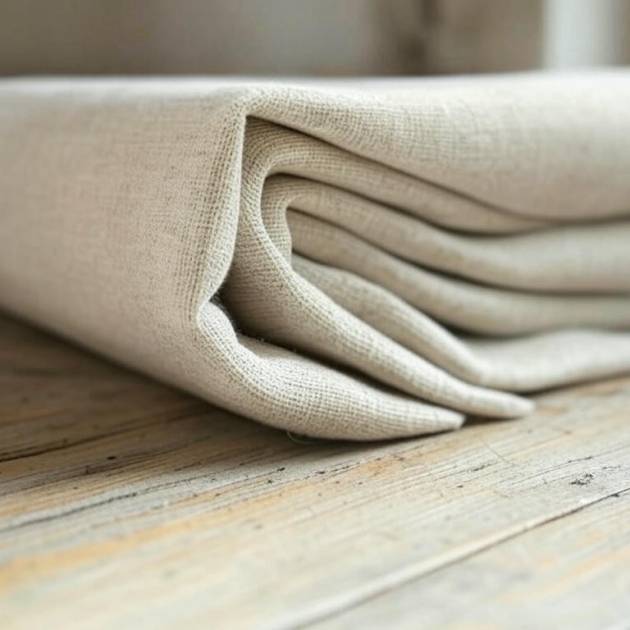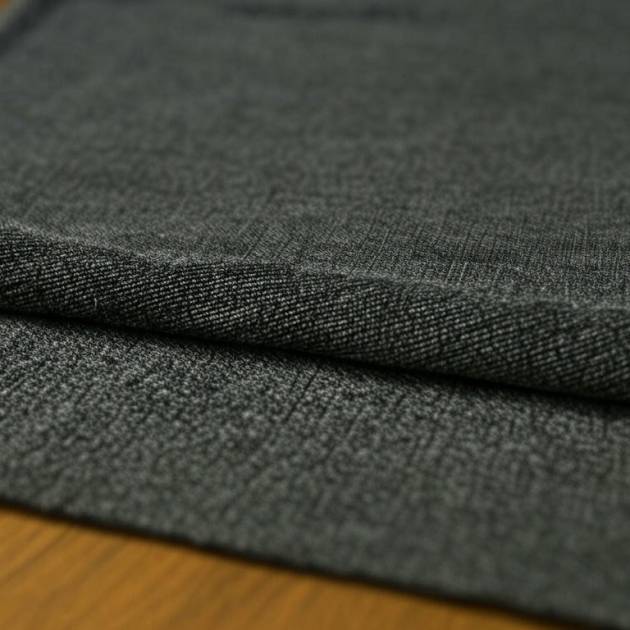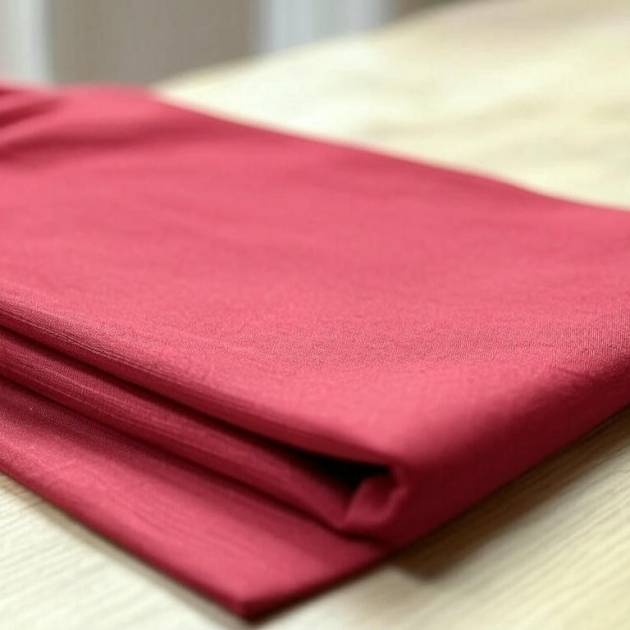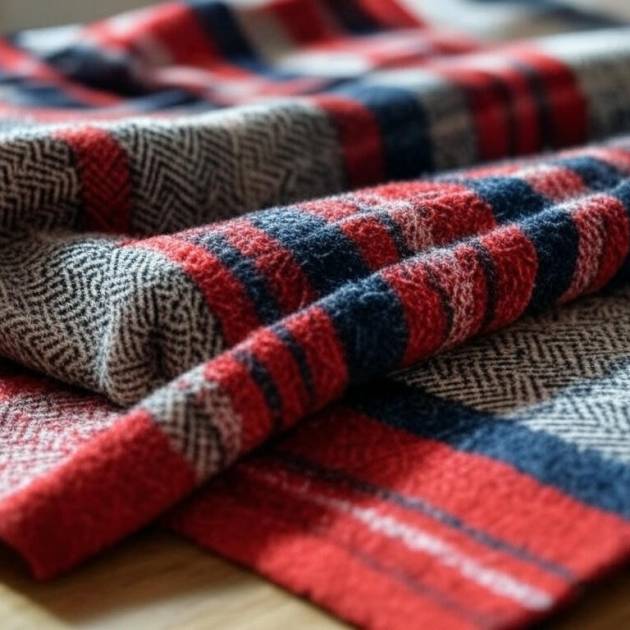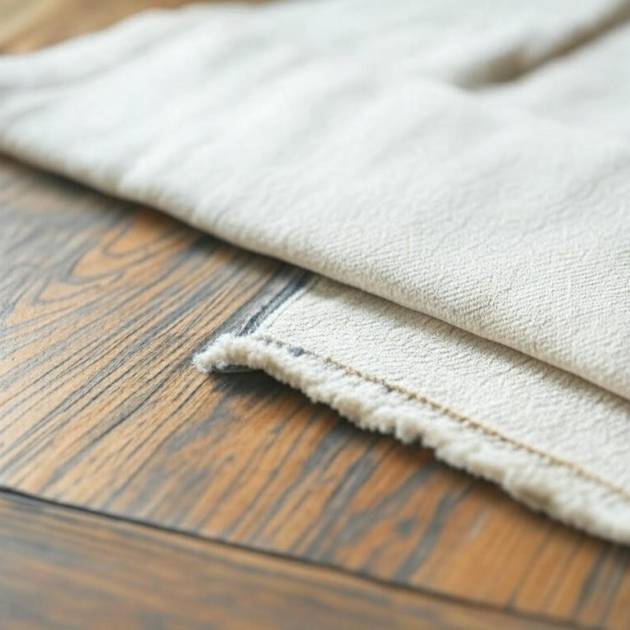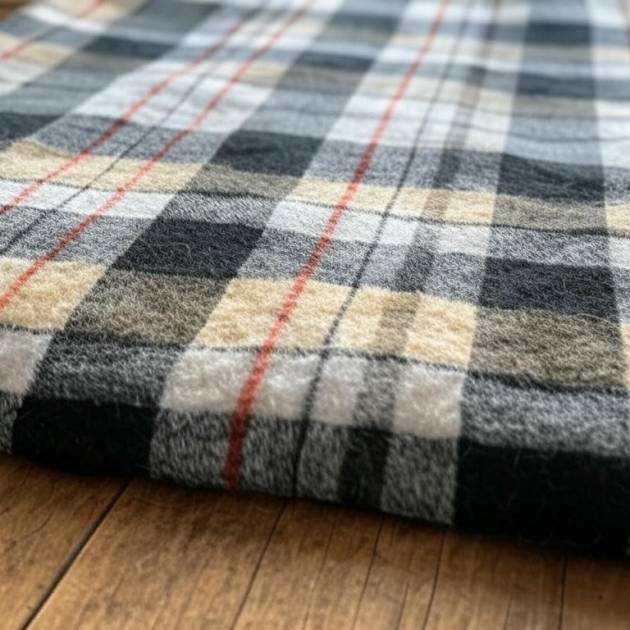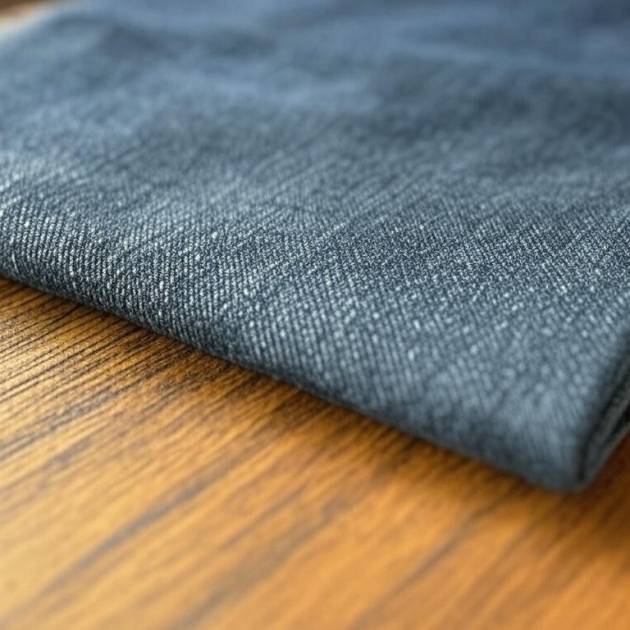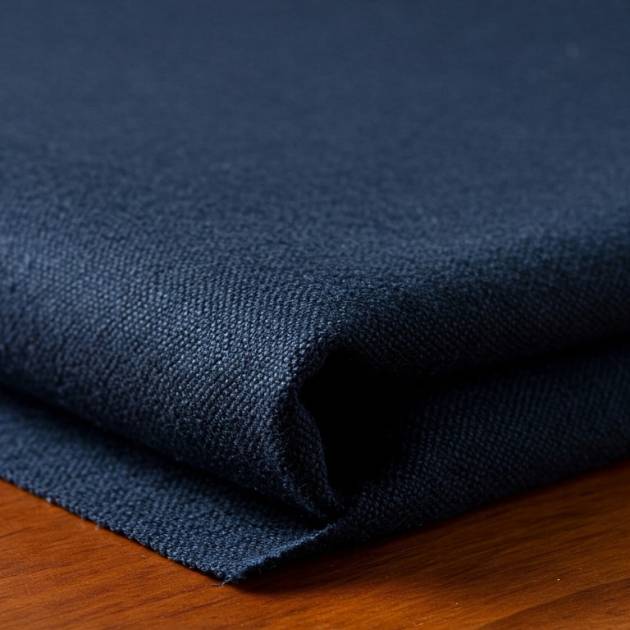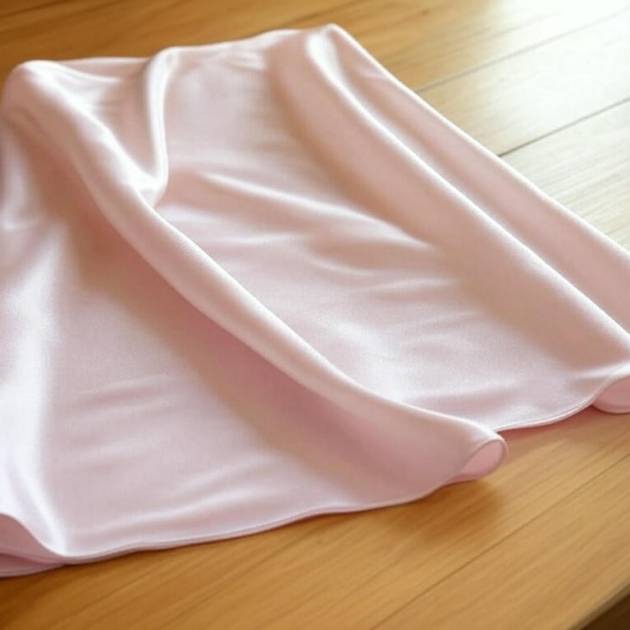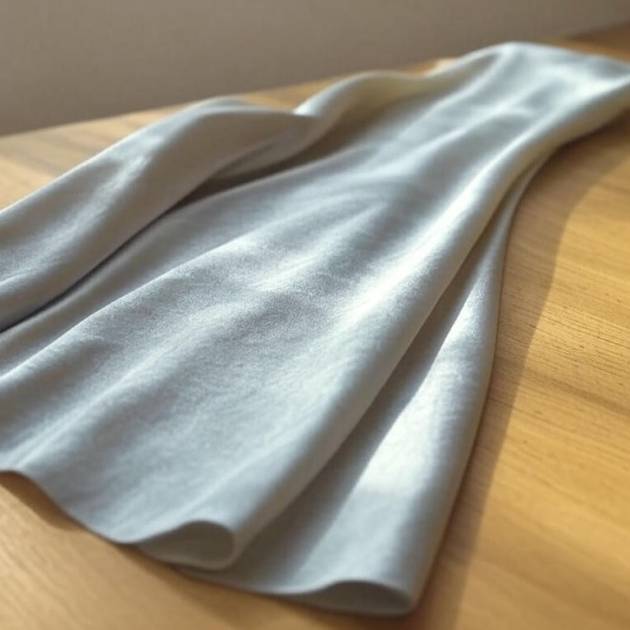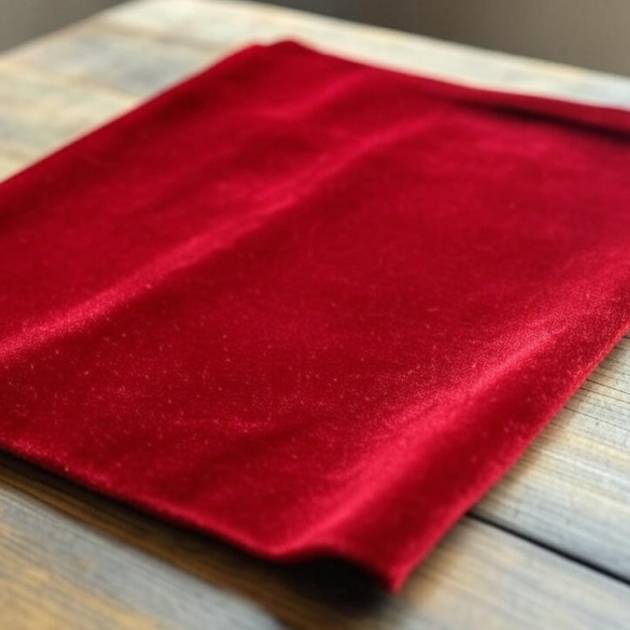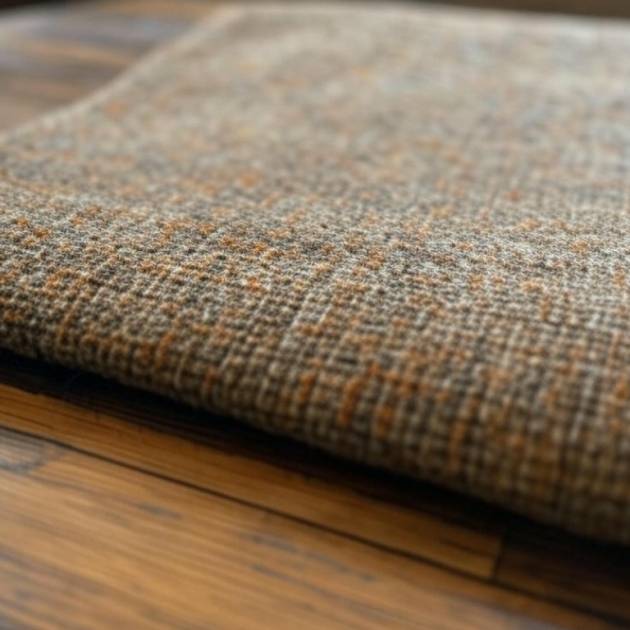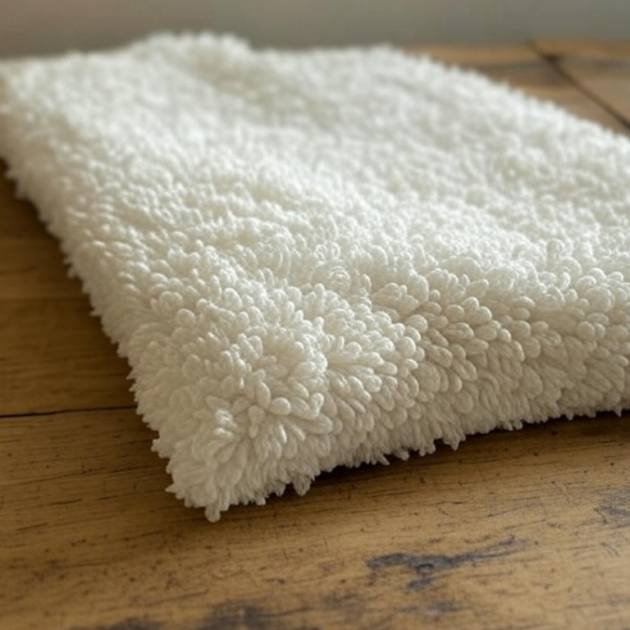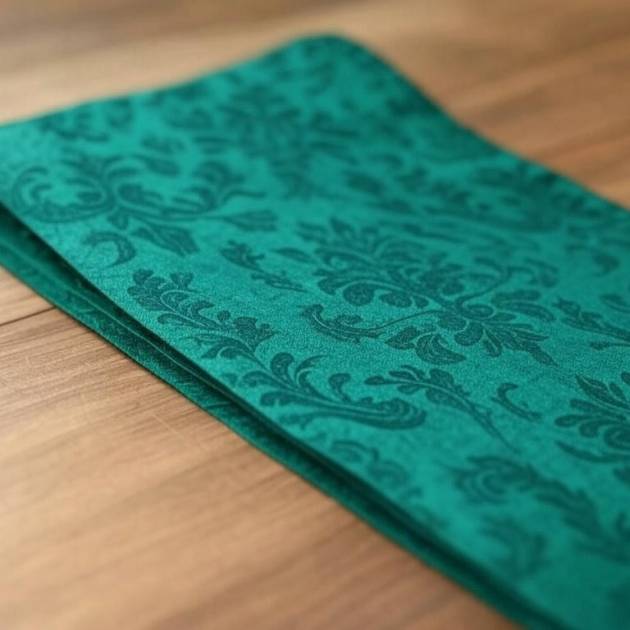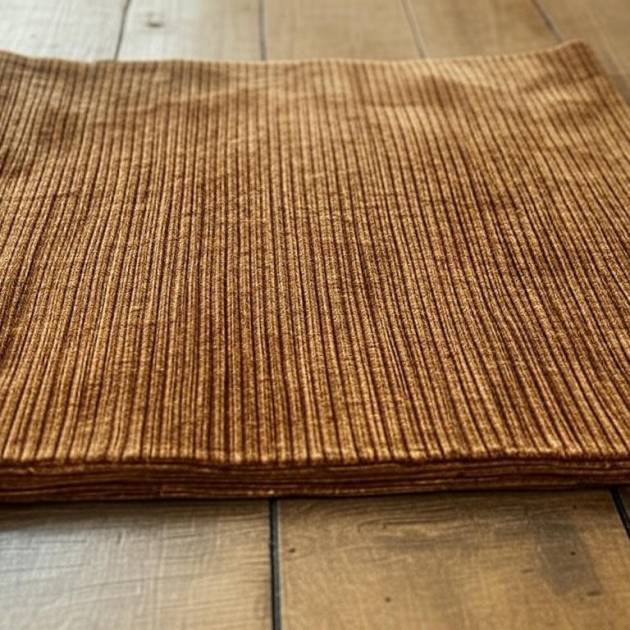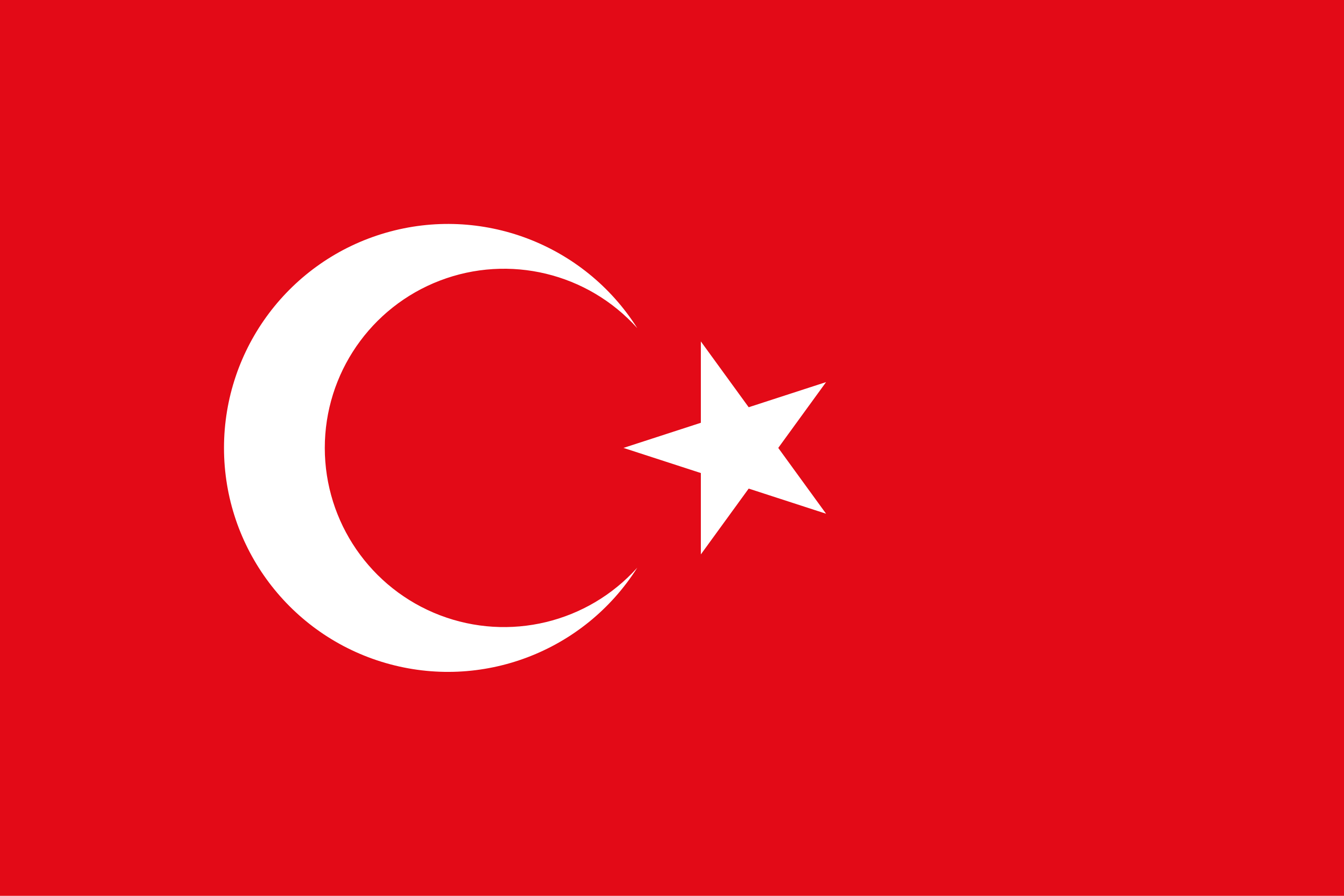WEAVES (WOVENS)
Weaving, the art of creating fabric by interlacing threads or yarns, is an ancient and traditional craft practiced by various cultures across the globe for thousands of years. The process involves interlacing horizontal threads (weft) through vertical threads (warp) to produce woven fabric. The method of interlacing can differ, resulting in a variety of weaves and intricate patterns that define the texture and style of the fabric.
Fabrics are manufactured in an extensive range of designs and styles, with different mechanisms used to create unique weaves and patterns that enhance the aesthetic appeal of garments. This intricate interplay of design and technique not only impacts the visual appeal but also influences the fabric’s durability, texture, and functionality. Understanding these weaving methods and the categories of fabrics they produce is essential for both textile innovation and design versatility. This paper explores the diverse types of weaves and provides an overview of fabrics classified under these categories, emphasizing their significance in modern and traditional textile applications.
TYPES OF WEAVE (WOVEN)

Pile Weave
Description
Creates a three-dimensional texture by adding extra yarns that form loops or cut loops on the surface.
Characteristics:
- Soft and plush.
- Thick and insulating.
- May shed or wear over time.
Examples:
Velvet, corduroy, terry cloth.

Twill Weave
Description
Characterized by diagonal ridges or lines, formed by weaving one thread over and two (or more) threads under.
Characteristics:
- Soft and flexible.
- Drapes well.
- Durable and resistant to wrinkles.
Examples:
Denim, herringbone, gabardine.

Herringbone Weave
Description
A variation of the twill weave forming a zigzag pattern resembling a fishbone.
Characteristics:
- Decorative and textured.
- Durable and versatile.
- Often used in suits and outerwear.
Examples:
Wool fabrics, tweeds.

Crepe Weave
Description
Achieved by using highly twisted yarns and irregular weaving patterns.
Characteristics:
- Crinkled or pebbled texture.
- Lightweight and flowing.
- Resistant to wrinkling.
Examples:
Crepe de Chine, georgette.

Jacquard Weave
Description
Complex patterns, such as florals or damasks, woven directly into the fabric using a Jacquard loom.
Characteristics:
- Elaborate and decorative designs.
- Can be heavy and textured.
- Durable and versatile.
Examples:
Brocade, damask, tapestry.

Dobby Weave
Description
Produces small, geometric patterns in fabric using a specialized loom.
Characteristics:
- Intricate and subtle designs.
- Durable and textured.
- Often used in shirting fabrics.
Examples:
Piqué, dobby cotton.

Leno Weave
Description
Created by twisting adjacent warp threads around each other and interlacing the weft.
Characteristics:
- Open and airy texture.
- Strong and stable.
- Resists distortion and snagging.
Examples:
Netting, sheer curtains.

Basket Weave
Description
A variation of the plain weave where two or more threads are woven together as one.
Characteristics:
- Loose texture.
- Can be coarse or fine.
- Flexible but not very strong.
Examples:
Canvas, oxford fabric.

Satin Weave
Description
Produces a smooth and shiny surface by allowing yarns to float over several other yarns.
Characteristics:
- Lustrous and smooth.
- Less durable, prone to snags.
- Soft and luxurious.
Examples:
Satin, charmeuse, crepe-back satin.

Plain Weave
Description
The simplest and most common weave, with threads crossing over and under each other alternately.
Characteristics:
- Flat surface.
- Durable and firm.
- Lightweight to heavyweight fabrics.
Examples:
Muslin, Gingham, Taffeta, Chiffon


